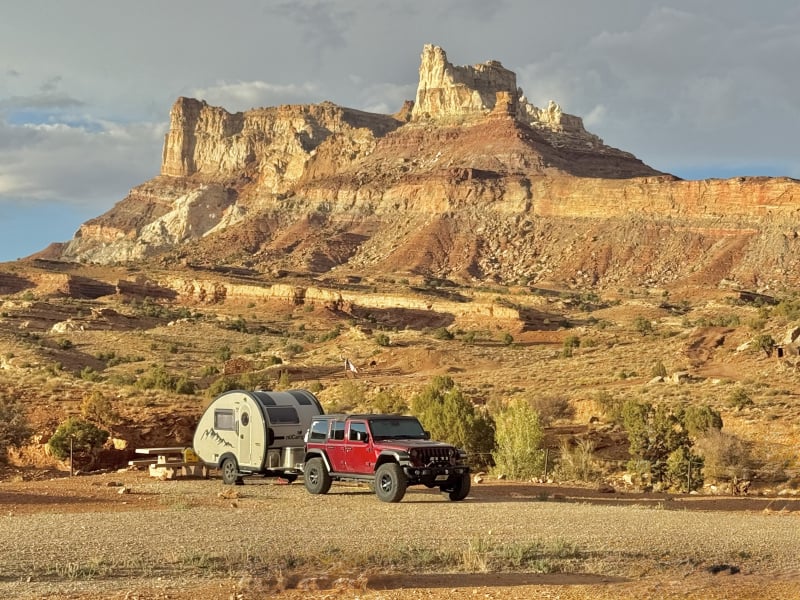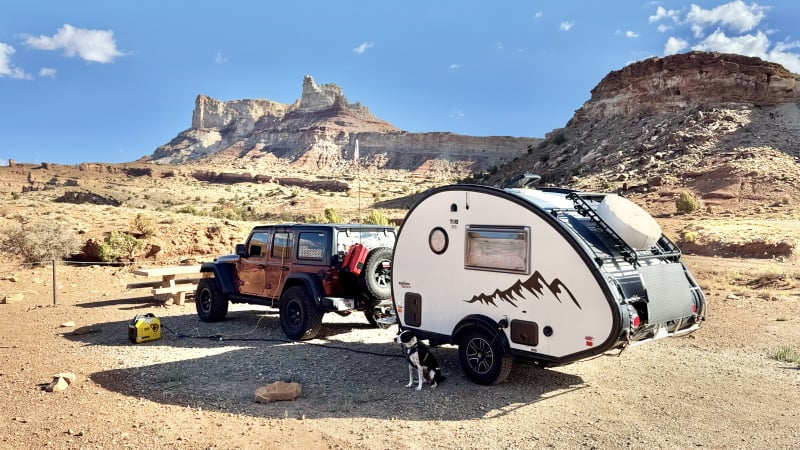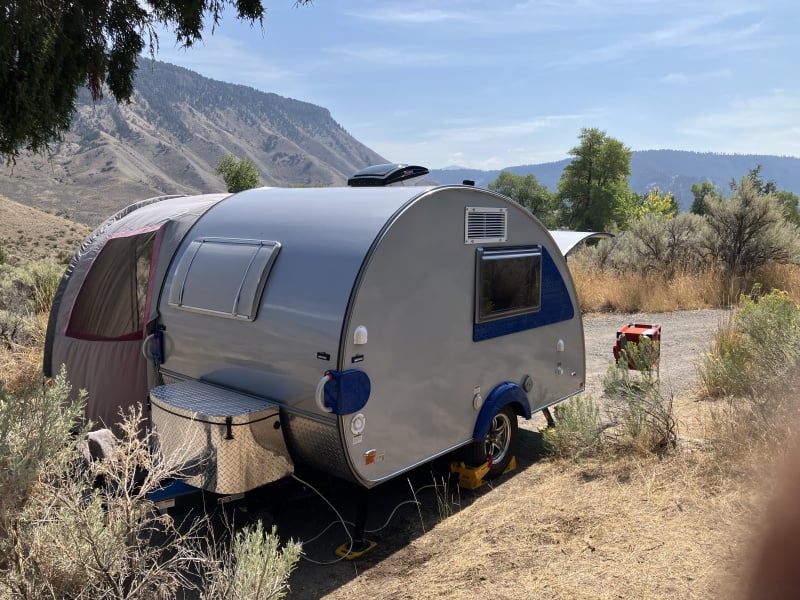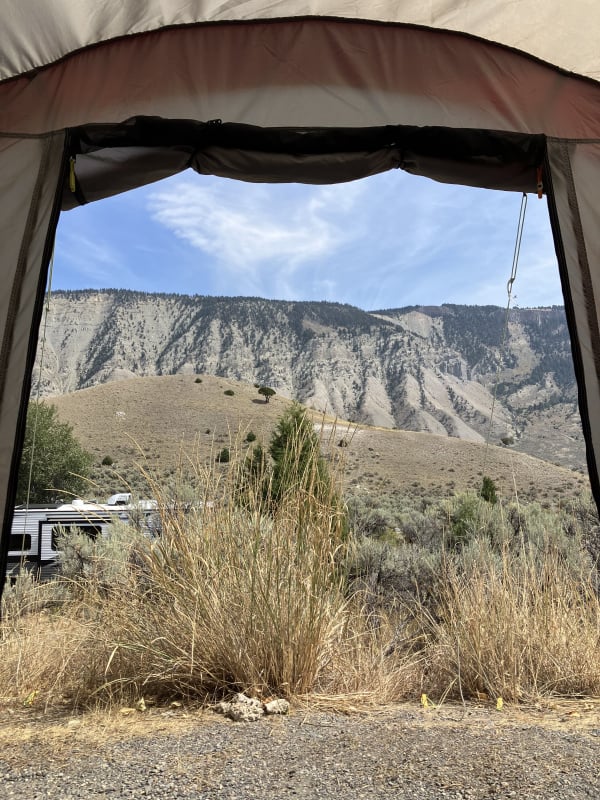Best Of
Re: 15 amp fuse in 2018 320 cs-s below bench in control center for overhead lights keeps popping
So reconnected that galley overhead light. Power off and installed new 15 amp blade fuse and seems to be the culprit. For now at least. Ty
Re: Thanks to all!
Thanks @Sharon_is_SAM - - you have done a WONDERFUL job as an Administrator/Moderator. You have always provided helpful insight for all us T@B owners. Best of luck to you!
Welcome New Moderator
As you may have noticed, there is a new Moderator in town! Please welcome Qhumberd AKA Quentin!
Quentin accepted our offer back in August and he has become a welcome addition to the TaB Forum team. Quentin enjoys his 400 and has been an active contributor. He is committed to maintaining the smooth operation of our forum and we know our gracious community here on the forum will support his efforts. Thank you Quentin!
Thanks to all!
Just wanted to let you know that I am stepping away from the moderating team.
I am grateful this Thanksgiving season for my experience with our camper and having been a part of a great community!
Re: Post up some shots of your T@B set-up at the camp site! #3
Adding a pic of at BLM Temple Mountain campground in Utah. Staying there for a week or two. At some point heading the rest of the way to Quartzsite, AZ (missed the flash floods last week). $15/day, or $7.50 with lifetime senior pass.




Re: Post up some shots of your T@B set-up at the camp site! #3
Yellowstone National Park, Mammoth Hotsprings Campground,




Re: Some thoughts on driving....
Maxcamp said:
. . . match the prevailing speed of the highway, mostly 75 mph these days.
. . . Going slow triggers frequent incidents of tailgating and swerve-passers nearly clipping.
75 MPH- - - No Way for Me. Yes, I've done 85+ for short durations to get away from on-road situations and the TV+TAB were smooth and controlled - - - BUT - - - towing at those speeds is just not sane/safe IMHO. Reaction time is near zero and minor steering errors can cause major control problems.
I've also not experienced many tailgating or poor passing drivers in nearly 50K miles of towing. Can count on one hand the events . . . and since my rig was in the 60/64 MPH range defensive driving with full control was effortless.
Really question the wisdom of driving the full auto-posted speed limit with a trailer in tow. Many states (recommend since they don't seem to enforce) that all trailers follow the Truck Speed Limit {which semi-trucks also ignore}.
Just because a few 5th Wheels or other travel trailers & semi's are passing at the posted auto-speed-limit or well above it, does not mean it is a good idea. It only takes one minor error to end an otherwise great trip.
Re: Some thoughts on driving....
I generally keep to 60, maybe 65 sometimes and get nervous going to 70 occasionally when I need to pass someone (most often a semi that might be restricted.) It's not worth the increase in my blood pressure to go faster and it's not like the campground is going to go anywhere before we get there (or after...)
Re: Dealers are so frustrating.
I hate to be a Debbie downer but I'm not sure I'd accept that on a brand new trailer. I think that swapping the Alde system is actually pretty big deal.Mountaintrails said:Small update. It’s Monday. I called the dealer as soon as they opened. I couldn’t get ahold of the managers. It seemed I was being ghosted. I drove to the dealer and demanded to talk to the store manager. I had a long talk with him. He seemed to be listening. Tonight I received a phone call.they will have my trailer ready to go at the end of the week. I understand I will have the top technicians and people working on it. It sounds like they will be swapping the Alde system out with one from another trailer. I will let you know the end result. I know people are just people and people make mistakes. It’s how the person fixes their mistakes is what matters to me. I will give them a little wrope and see what they do with it.
This whole situation seems very odd. As someone else pointed out, the trailers ship from Ohio with the glycol in the system. So where the heck did the glycol go? At the very least you might want to bring NuCamp corporate into the conversation.
Re: Understanding Alde hot water - new owner
If you are heating the trailer the hot water comes "for free" with it as the water heater tank surrounds the glycol tank.






